by Kenneth Cline
For many history buffs, the date 1066 conjures up an image of Norman knights breaking through the shield wall of the ax-wielding Anglo-Saxons at Senlac Hill. But 1066 was about more than just the Battle of Hastings. The contest for England that epochal year was actually a tripartite struggle. And had things gone a different way, the eventual winner could well have been a Viking king named Harald Sigurdsson, or Harald Hardradi, as he was better known. Had Harald of Norway defeated Harold II of England at the battle of Stamford Bridge on September 25, 1066, just 19 days before Hastings, it would have been a Viking army that met Duke William of Normandy’s invading troops for dominion over the “scepter’d isle.”
What kind of man was Harald Hadradi? To begin with, he was physically imposing, tall by Norse standards, with a fair-haired beard and mustache and one eyebrow slightly higher than the other. Snorri Sturluson, his 13th century biographer, additionally describes him as “stronger and handier than other men with weapons.” Tough, wily and physically courageous, Harald could also be vindictive and deceitful, fully living up to his other cognomen—the Hard Ruler. He was brutal to his enemies and dealt ruthlessly with any opposition. As for a softer side, about all that can be said, based on existing sources, is that he loved poetry (he reputedly composed some himself) and was loyal to his friends.
Harald’s Promising Future Upended by His Brother’s Death
While there is no contemporary account of Harald Sigurdsson’s birth, the likely date is 1015. He was clearly well-born. His father ruled the petty kingdom of Ringerike in southeastern Norway, and his half brother, Olaf Haraldsson, became king of all Norway in 1016. Harald no doubt grew up believing himself destined for great things. This promising future was completely upended in 1030, when Olaf lost the battle of Stiklestad as well as his life. A devout Christian, the king had alienated many of his subjects with his attempts to stamp out pagan practices. Facing overwhelming odds at Stiklestad, Olaf reportedly tried to keep the 15-year-old Harald from fighting, but the boy did fight at Stiklestad, where he was wounded.
After the battle, Harald was taken to a remote farmhouse and nursed back to health. He then made his way across the mountain trails to Sweden, where he met some other refugees from Olaf’s army. The next year, the group managed to acquire some ships and sailed to Russia, where they took up residence in the court of King Jaroslav, who had ties of kinship to Harald’s family. Harald and his men served for several years in the king’s defense forces, which gave Harald an opportunity to burnish his military skills during King Jaroslav’s 1031 campaign against the Poles.
Harald’s subsequent decision to play out his destiny on the larger and wealthier stage of the Byzantine Empire was not surprising. Scandinavians had been serving as mercenaries in the Byzantine army for more than a century and had begun to replace Russians as the dominant ethnic element in the Varangian Guard, the famous imperial bodyguard founded by the Emperor Basil II in 988. Harald arrived in Constantinople in 1034, along with 500 of his men, to join the Guard.
Soon after his arrival in Byzantium, Harald’s career became inextricably bound up with that of the greatest Byzantine soldier of this era, George Maniaces. Both Harald and Maniaces were ambitious, hard men with larger-than-life personae. The two titanic egos clashed frequently, but they also managed to work effectively together in an age when Byzantine military power was otherwise on the wane. One of Harald’s first assignments was to help Maniaces clear the coast of Asia Minor of Arab pirates. Harald and his men took to the sea in Varangian galleys to destroy many Arab ships and then pursued the pirates to their inland lairs. Harald also served on the Euphrates frontier, where the Byzantines were enjoying a round of successful campaigning spurred on by Maniaces’ capture of Edessa in 1031 or 1032. Harald captured 80 Arab strongholds.
Harald and Maniaces found themselves thrown together again during the Sicilian expedition of 1038. Responding to Arab raids on Byzantine possessions in south Italy, the Emperor Michael IV and his advisors decided to restore Sicily to the empire after two hundred years of Arab occupation. Under Maniaces’ command, the venture went well at first. By 1040, the Byzantine army had taken Messina and Syracuse. Unfortunately, all these gains were thrown away when Maniaces quarreled with the emperor’s brother-in-law, a former ship’s caulker who had been given command of the Byzantine transport fleet. After Maniaces was recalled to Constantinople and thrown into prison, the Byzantine army in Sicily lost all discipline and momentum. An Arab counterattack drove the Byzantines back to Messina, while the imperial possessions in south Italy came under renewed assault from Lombards and Normans. Harald and his Varangians were brought back to Constantinople to deal with problems on other frontiers.
Preparations to Stake His Claim to Power
While Maniaces languished in prison, Michael IV invested Harald with a minor title (manglavites, literally “belt-wearer) and sent him off to help suppress a Bulgarian uprising in 1040. On his return, he received a higher title, spatharocandidate (“leader of the bodyguard”) and became a member of the palace guard. But a change of regime in 1041 put Harald’s newfound political position in jeopardy. On December 10, Michael IV died and was replaced by his nephew and adopted son Michael V. In an effort to consolidate power, Michael V hustled the aged empress Zoe off to a nunnery, forced the matriarch into retirement and released Maniaces from prison. The latter was immediately sent off to southern Italy to try to restore the empire’s crumbling position.
Michael V’s move against Zoe, who personified imperial legitimacy as one of the last family members of the Macedonian dynasty, soon inspired a popular revolt. In June 1042, the emperor was dragged from the monastery where he had sought refuge and blinded. Meanwhile, Harald was imprisoned early in Michael V’s reign. The reasons cited for the incarceration are various and contradictory: financial impropriety, an attempt to leave Constantinople without permission, or a falling-out with Zoe, who was said to have a soft spot for the dashing Viking commander.
Harald managed an escape from prison during the revolt against Michael V and rejoin the Varangian Guard. Harald’s nephew, Magnus, was now sitting on the Norwegian throne and Harald apparently felt the time was ripe for him to stake his own claim to power. Along with a group of companions, Harald commandeered two ships in the harbor of the Golden Horn and made for the Bosporus. When they encountered the famous chain that the Byzantines used to block entry to the straits, Harald ordered the two vessels to run straight at the obstacle while everyone not involved in rowing gathered at the stern. Harald’s vessel made it, but the other broke up and many of its crew drowned.

Closing the curtain on his great adventure in Byzantium, Harald sailed up the Black Sea to Russia. Staying the winter with King Jaroslav in Novgorod, he reclaimed the treasure he had sent up from Constantinople. He also found time to marry Elizabeth, the king’s daughter. By early 1046, he was back in Scandinavia. At this point, Magnus had been king of Norway for 11 years and, as the son of King Olaf, had more claim to legitimacy than his now-famous uncle. He had even brought Denmark under Norwegian rule. But he could not match Harald’s reputation as a victorious warrior. When Harald joined forces with Sveinn Estridson, a claimant to the Danish throne, and began raiding the Danish coast, Magnus saw that he faced a ruinous war. Looking for a compromise, he offered to split his kingdom with Harald if the latter would share his wealth. Harald accepted the offer, apparently confident that he would eventually emerge as the dominant partner.
Magnus’s Death Opened the Path to the Throne
Harald and Magnus maintained separate courts and generally tried to stay out of each other’s way. In their only face-to-face meeting, the two kings nearly came to blows. Harald, ever keen to assert himself, had moored his ship in the berth reserved for Magnus, who had been designated the senior ruler. The enraged Magnus was on the point of attacking Harald when the latter backed down and took his ship to another dock. Fortuitously for Harald, Magnus died a year later, leaving him as sole ruler of Norway, 17 years after he had fled the field at Stiklestad.
Harald was not, however, the sole ruler of both Norway and Denmark. Magnus had specified that Denmark was to go to Sveinn Estridson upon his death. Harald now had to go to war against his former ally to keep Denmark in a united kingdom. Wasting no time mourning Magnus, Harald immediately began assembling an army. The ensuing war with Sveinn Estridson went on for 17 years and ended in a draw, even though Harald won nearly every battle. By 1062, Harald had wearied of the interminable raids. He levied an army from across Norway and packed them into 300 ships, meeting the Danish fleet off the Swedish coast at the mouth of the river Nissa.
In a titanic struggle lasting well into the night, Harald won a great victory—but not a decisive one, since Sveinn Estridson managed to escape. With economic strains of the constant warfare beginning to tell on Norway, Harald approached the Danish king two years later with a peace offer, which was promptly accepted. The agreement simply returned relations to an antebellum status—no reparations or territorial acquisition included. Harald’s war with Denmark left him where he had started, as a minor regional king, albeit a much celebrated one. Now nearly 50, Harald had little time left to make his mark on the world beyond the Norwegian fjords.
The great opportunity came in 1066 with the crisis over the English succession. When King Edward the Confessor died in January, the Anglo-Saxon witenagemot (assembly of nobles) selected Harold Godwinson, a powerful earl, as their new king. This set in motion the conflict with Duke William of Normandy, who claimed he had been promised the crown by Edward. Harald could also make a plausible claim to the throne, citing a treaty his cousin Magnus had once made with the English king Hardaknutr.
The catalyst for Harald entering the fray was an invitation from Tostig Godwinson, King Harold’s estranged brother, who had been ousted as earl of Northumbria by a popular revolt in 1065. Tostig sought Harald’s assistance in an effort to stake his own claim to the English crown. Harald moved with his customary energy and dash. In August 1066, he embarked for England with 250 ships and an estimated 15,000 men, stopping first in the Shetland and Orkney Islands to gather some additional forces and then proceeding to Scotland to meet with King Malcolm, an ally of Tostig. Somewhere off the English coast, Harald rendezvoused with Tostig, who had been conducting raids in southern England. Harald had counted on Tostig to bring more local forces for the cause, but the deposed earl brought only 12 small ships along with him.
The 18,000-Troop March to Ricall
Off the Yorkshire coast, at the mouth of the Tees River, the army disembarked. While the ships proceeded on to the Humber River estuary, Harald’s men marched down the coast taking hostages and tribute from the local populace, capturing the town of Scarborough when it resisted. Reboarding their ships, Harald’s army sailed up the Humber and its Ouse tributary to land at Ricall, 10 miles downriver from York, the capital of Northumbria.
Harald planned to raise additional troops from Tostig’s former earldom before continuing south to do battle with King Harold, whom he believed was still watching for the expected invasion from Normandy. When Harald reached Ricall with an estimated 15,000 to 18,000 troops, the only force in Northumbria available to fight for Harold was a force half that size commanded by two earls: Monkere of Northumbria and Edwin of Mercia. None of the leaders realized that the Anglo-Saxon king was already marching north to deal with the Scandinavian threat. Faced with the need to defend York, the two earls decided to meet Harald in battle. Marching out of York on September 20, they encountered the Norwegian army two miles south of the city at Fulford Gate, on the northern shore of the Ouse River. The battle would take place on a road that was bounded by the river on one side and a dike fencing off a swamp on the other.
Harald shrewdly placed Tostig’s troops on his right flank, alongside the dike, knowing that this would wave a red flag at the Northumbrians, who detested their former earl. Indeed, instead of deploying themselves in the traditional shield wall, Monkere launched his Northumbrians into a strong charge against Tostig, breaking through Harald’s right flank. But Harald’s own men, rallying around his famous “Land-Waster” banner, attacked Edwin’s men on the English right and routed them. Finding themselves hemmed in against the dike, the Anglo-Saxons soon began fleeing down the road or tried to escape into the swamp.
York lay helpless before Harald while, as far as he knew, King Harold’s main army was still far to the south. After the citizens of York sent him a message offering to surrender, a meeting was held on September 24 just outside the city. Still hoping to raise some local troops, Harald offered generous terms: the city would be protected from looting and 150 hostages would be exchanged by each side, the York hostages being delivered the following day at Stamford Bridge, northeast of the city. With that assurance, Harald and Tostig returned to their ships at Ricall that evening, completely unaware that King Harold was then only seven miles away.

King Harold had, in fact, just pulled off one of the greatest forced marches in military history. Believing that Duke William’s invasion had been called off for that year, the king had allowed most of his army to return to their villages. As soon as he learned of the Norwegian landing, however, he remustered his troops and rushed them from London to Tadcaster, 15 miles south of York, a distance of 200 miles. Harold’s army hurried along at a rate of between 20 and 25 miles per day down the old Roman road that ran from London to York.
“Land Waster”
Perhaps believing such a feat was impossible, Harald posted no scouts in the York area. Harold of England had achieved a crucial strategic surprise. Now he faced a difficult decision: he could attack the Norwegian ships at Ricall, which was closer to Tadcaster than Stamford Bridge, or he could take on the main Norse army. Deciding on the latter course of action, Harold resumed his march on September 25, passing through York on his way to Stamford Bridge, which spanned the Derwent River.
It proved to be a good decision—Harald’s army was split into two parts. The main body, with Harald himself, was camped on both banks of the Derwent, near the bridge. The rest remained at Ricall with the ships. Even worse for Harald, his men had marched up that morning from Ricall without their armor. Not expecting to face anything more strenuous at Stamford Bridge than a quick hostage exchange, Harald had allowed his men to leave their body armor at Ricall, taking along only their weapons, shields and helmets.
As Harald’s men reached the battlefield, they saw a large force approaching in the distance. Harald and Tostig hoped it was Northumbrian reinforcements, but they soon realized that so large an array could only be Harold’s Anglo-Saxons. Harald temptation to hurry his men back to the ships to retrieve their armor and pick up reinforcements must have been powerful. This, in fact, is what Tostig suggested they do, and Harald did send three riders racing back to Ricall for help. But the Norse king scorned the idea of retreat, telling the earl he could do as he wished but the Norwegians would stand and fight. “The English will have an exceedingly difficult battle before we are killed,” he declared.
Given the circumstances, with his troops badly outnumbered and lightly armored, Harald’s best hope was to take up a defensive position and try to hang on until reinforcements arrived. Planting his banner with its raven motif on the high ground of the south bank overlooking Stamford Bridge, he arrayed his men in a shield wall, a formation consisting of overlapping shields and projecting spear points, with the wings bent back to protect the flanks.
Harold’s Englishmen fought their way across the narrow bridge opposed by a lone Norwegian axman. The king rode up to the enemy forces and asked his brother to change sides, offering him one-third of his kingdom. When Tostig asked him what he would offer Harald Hardradi, Harold replied, “Seven feet of space or more length, as he is taller than other men.” Hating his brother and having no reason to betray his ally, Tostig rejected the eleventh-hour offer.
Berserker Fury or Tactical Blunder?
The battle began with a probing attack by Anglo-Saxon horsemen, who were easily held off by Norwegian archers. But the Norwegians suddenly broke formation to counterattack, with Harald himself leading the way. Harald might have been attempting to strike the main English army before it was fully deployed on the south bank of the Derwent. Or perhaps he had simply given in to the traditional blood lust of the Norse “beserker,” the warrior who fights with all-consuming fury. Whatever his motivation, Harald’s move was a tactical mistake, since his lightly armored men were vulnerable to an English counterattack once they had abandoned the protection of the shield wall. It was only a matter of time before the outnumbered Norwegians were driven back. During the withdrawal, Harald was struck in the neck by an arrow. Blood came gushing out of his mouth and he fell to the ground, dead.
Tostig tried to rally the remnants of the army into another shield wall formation. Despite a final offer of terms from King Harold, they fought to the end. As Tostig’s shield wall collapsed, Norwegian reinforcements from Ricall began arriving on the field, led by Harald’s friend, Eysteinn Orri. Even though they were exhausted from their march, the men became enraged at the sight of all their fallen comrades and rushed at the surprised English, with Eysteinn picking up Harald’s standard. But this attack, too, fell victim to the Anglo-Saxon superiority in numbers. By the end of the day, Eysteinn and most of his men lay dead. Harold allowed the remnants of the Norwegian army to return home. Filling only 20 of the original 300 ships in which they had arrived, Harald’s men brought their leader’s body back to Norway, where it was interred at St. Mary’s Church in Trondheim, a church Harald had founded.
So ended the story of the man who might have become king of England had he defeated Harold at Stamford Bridge and overcome Duke William of Normandy 19 days later at Hastings. But those are big “ifs.” While Harald Hardradi was second to none as an instinctual warrior, it’s difficult to imagine him overcoming the relentlessly methodical Duke William. Despite his experience in the Byzantine army, the most sophisticated military organization of the era, Harald remained at heart a traditional Viking warrior chieftain, with a style better suited for raiding than for protracted campaigning. His death at Stamford Bridge marked the end of Viking military power in Western Europe. Never again would a Scandinavian army seriously threaten a European country. Although Norse raids on England continued for three more decades, the era of land-wasting was effectively over.

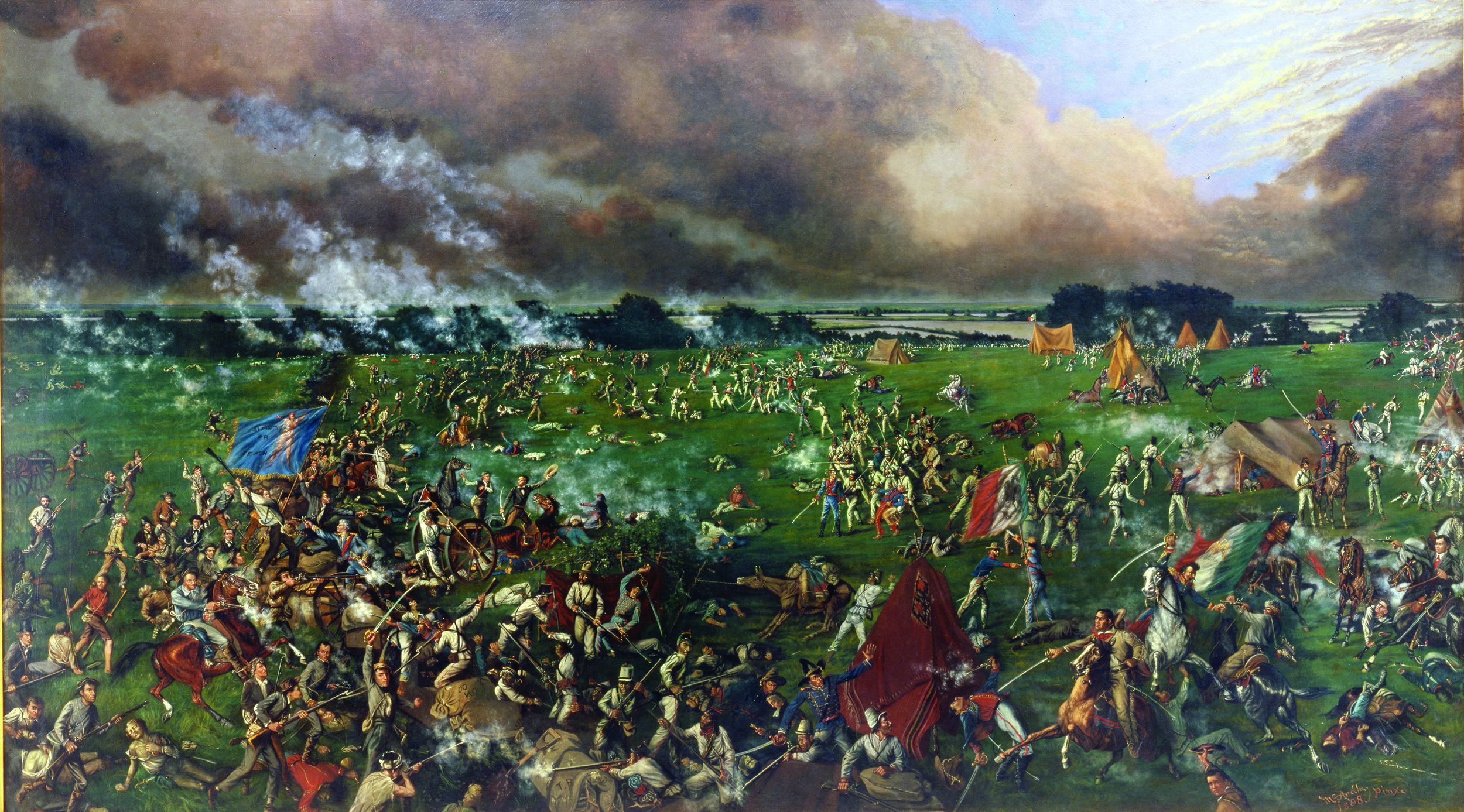
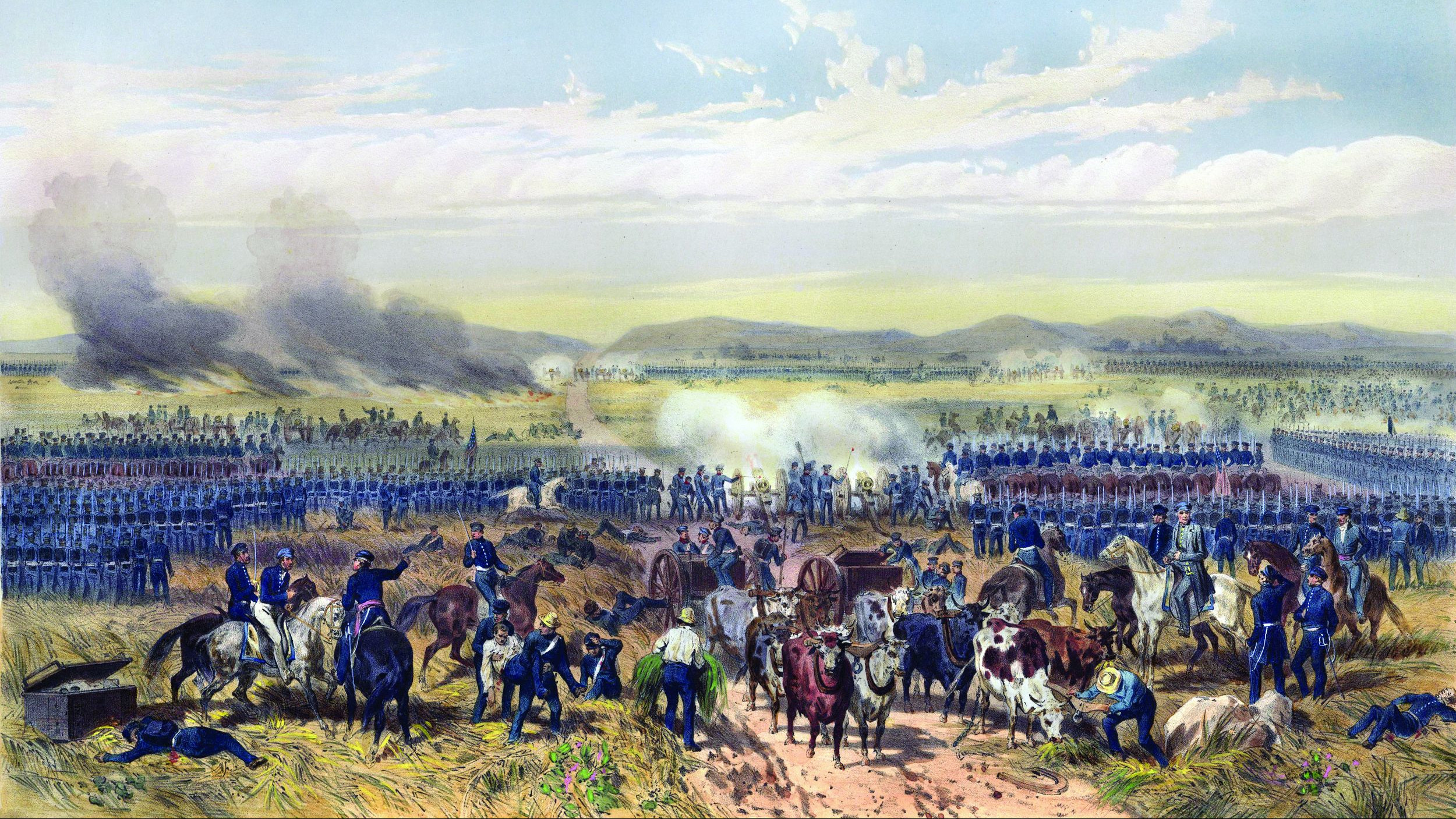
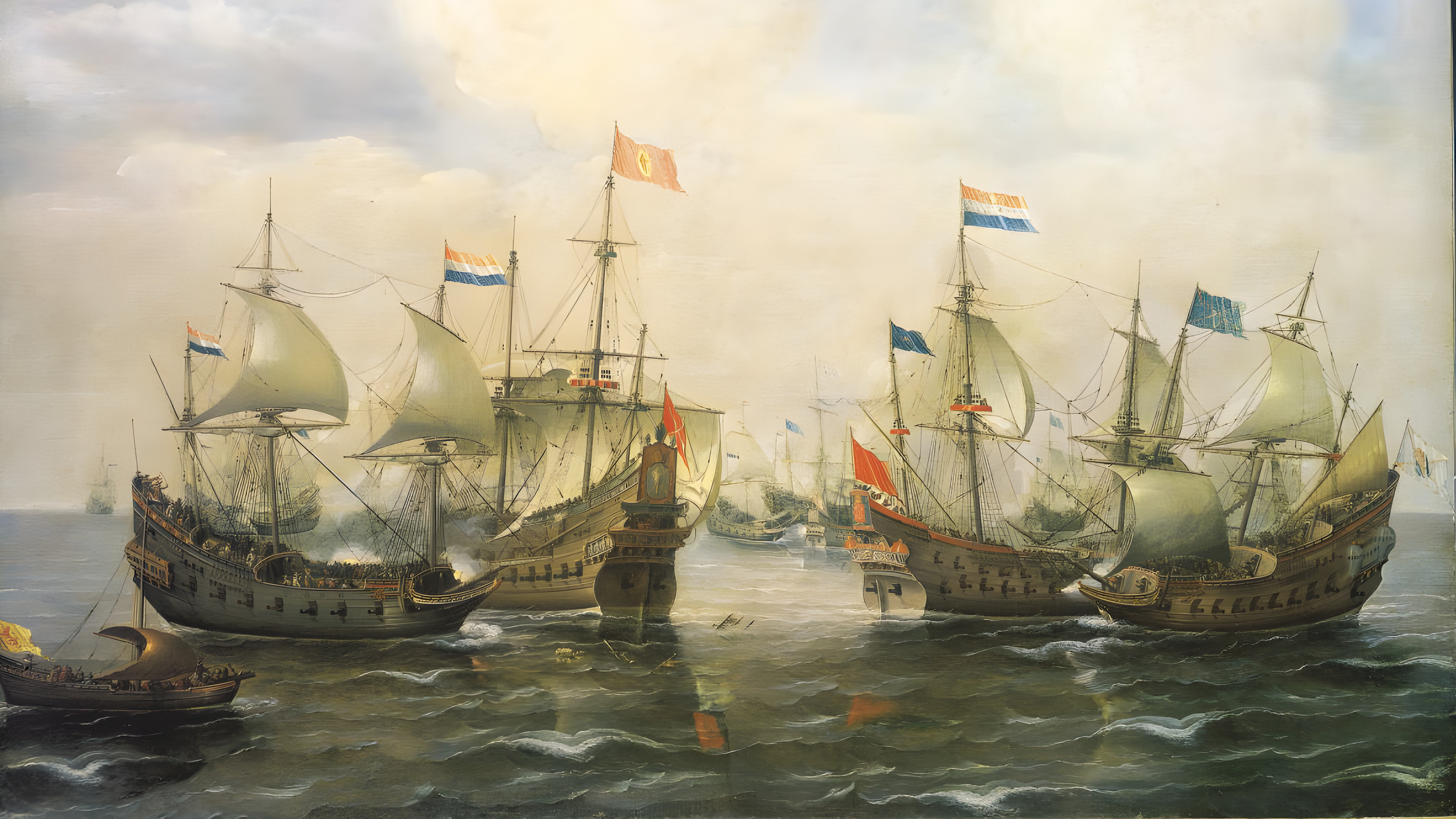
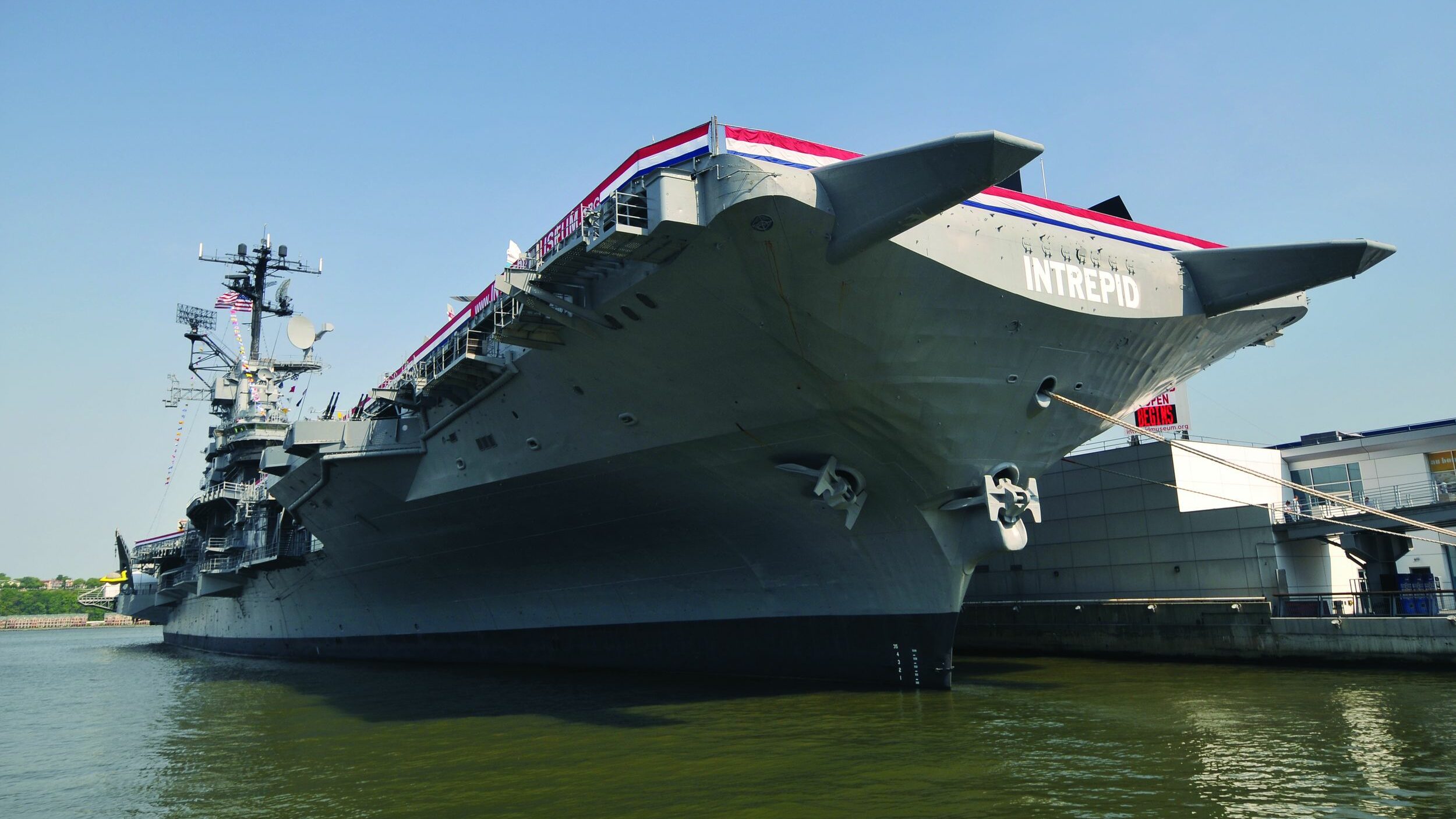
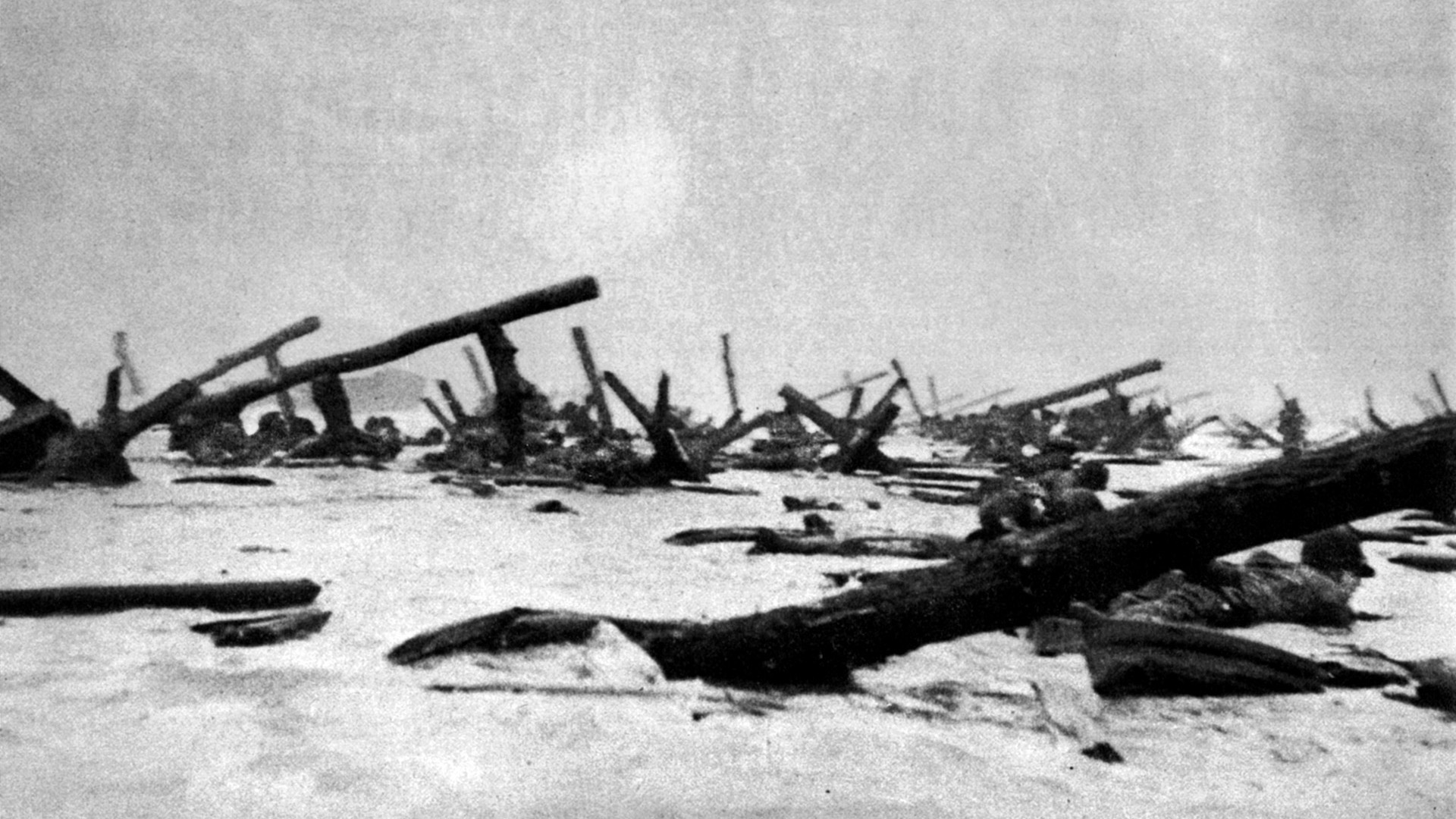
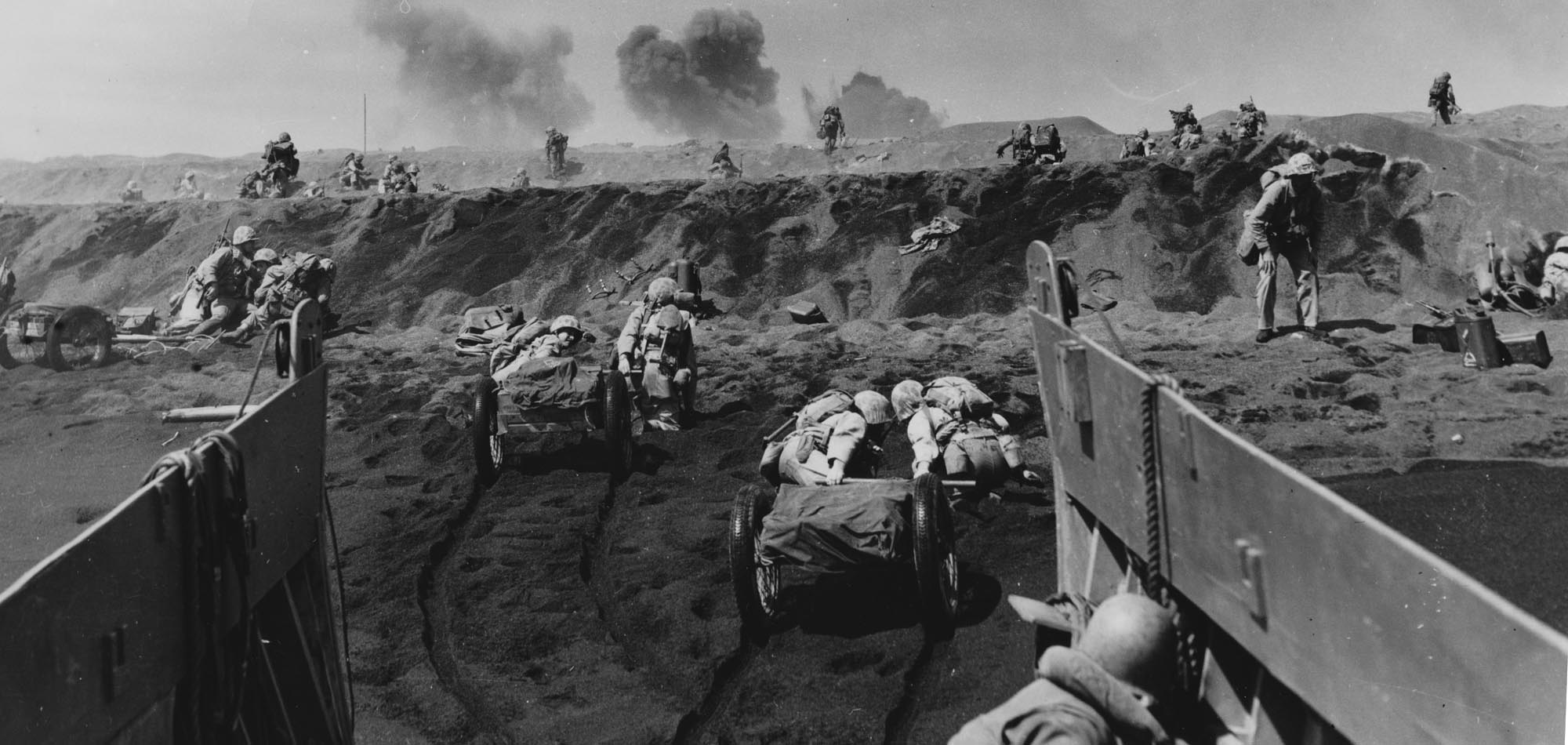
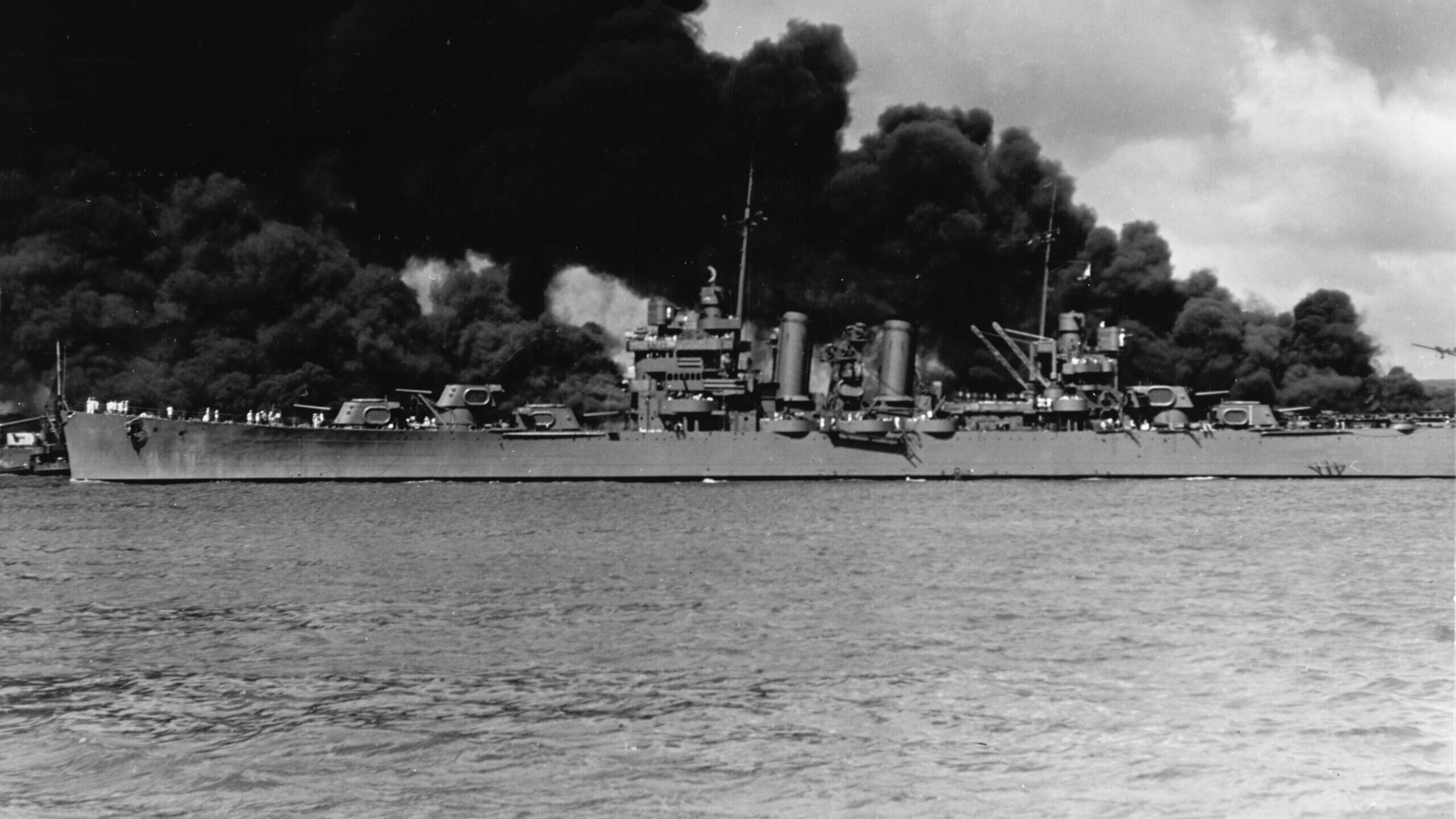
Join The Conversation
Comments
View All Comments